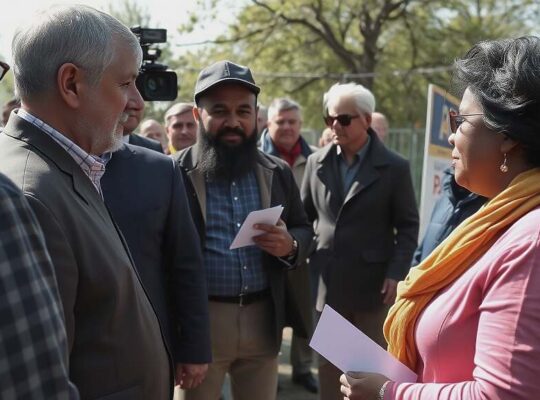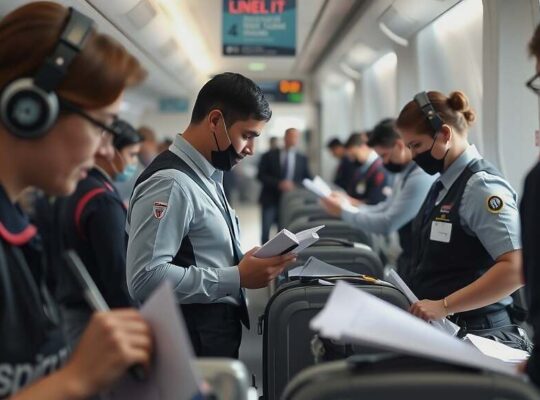The northern Gaza Strip witnessed the commencement of a highly anticipated hostage release operation this morning, initiated by Hamas. Initial reports from Israeli media confirm the handover of seven hostages to the Red Cross, with the organization stating that the remaining thirteen living hostages are expected to be released throughout the morning from various locations within the Gazan territory.
The event unfolded amidst palpable tension in Israel, where large crowds gathered at a designated reunion site in Tel Aviv, demonstrating a nation holding its breath. This release marks the inaugural phase of a complex agreement brokered primarily under the auspices of the Trump administration, ostensibly designed to lay the groundwork for a lasting peace in Gaza. Central to the deal is Israel’s commitment to the release of approximately 2,000 Palestinian prisoners currently held in Israeli jails – a significant gesture with potential reverberations across the region.
The hostages released today were initially abducted during the devastating Hamas attack on Israel on October 7, 2023, an event that claimed the lives of roughly 1,200 Israelis. The ensuing Israeli military response resulted in widespread destruction across Gaza and a tragic loss of tens of thousands of Palestinian lives, prompting international condemnation and fueling a humanitarian crisis. While a ceasefire entered into force on Friday, the fragility of this truce remains a significant concern.
Critics have already questioned the terms of the agreement, arguing that the release of so many Palestinian prisoners, many of whom have been implicated in acts of violence, could destabilize the region and potentially embolden further extremism. Furthermore, the inherent imbalance in the exchange – a relatively small number of hostages compared to the vast number of prisoners to be released – raises questions about the long-term viability of the peace process and the potential for future escalations. The ongoing humanitarian situation in Gaza, alongside unresolved issues of territorial sovereignty and the political future of the region, continue to pose formidable obstacles to a sustainable resolution.












